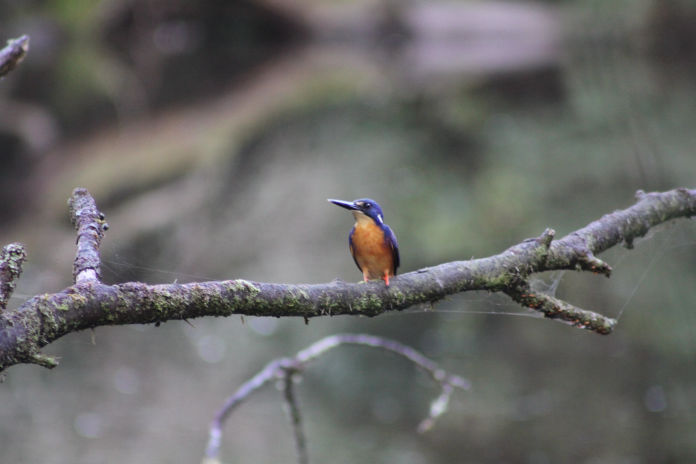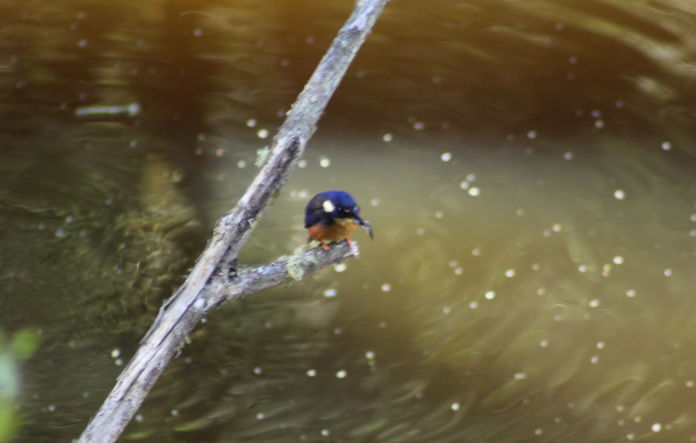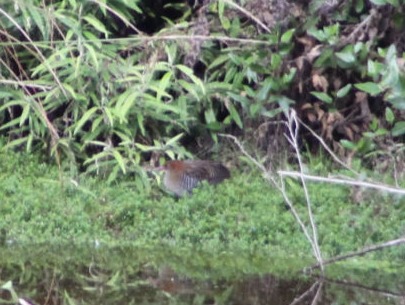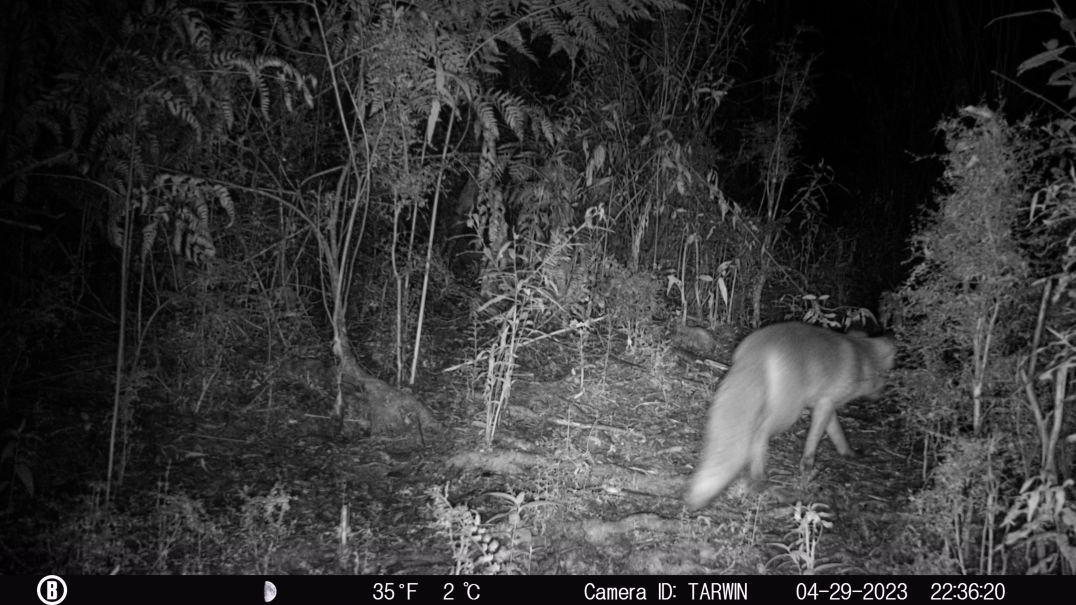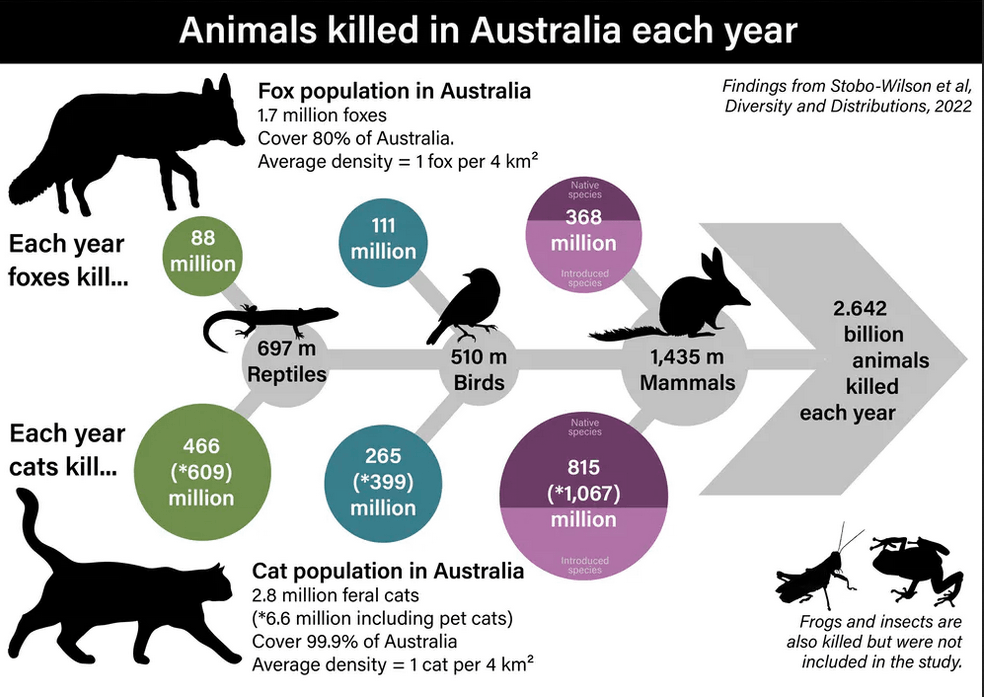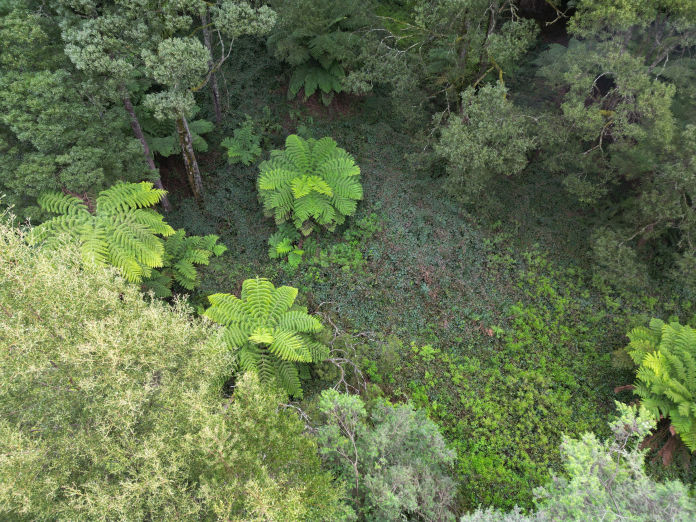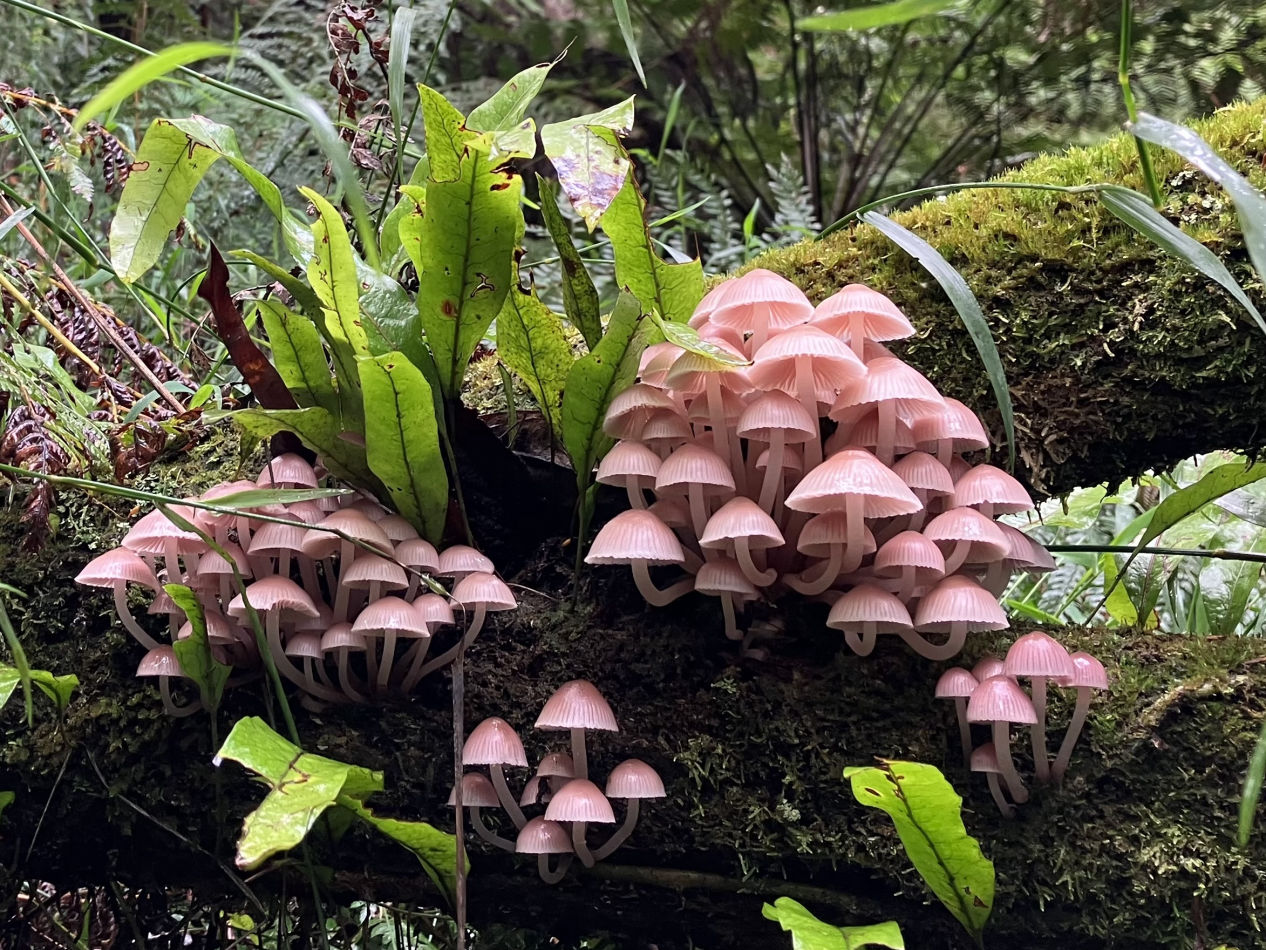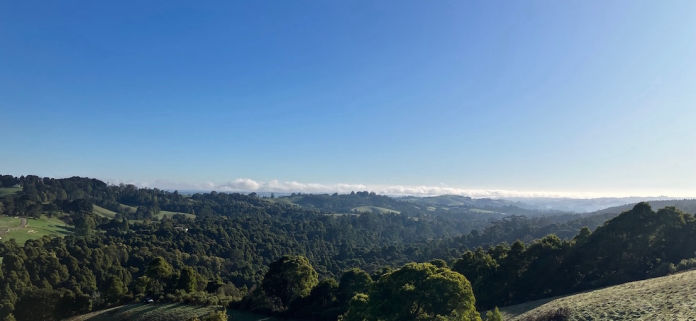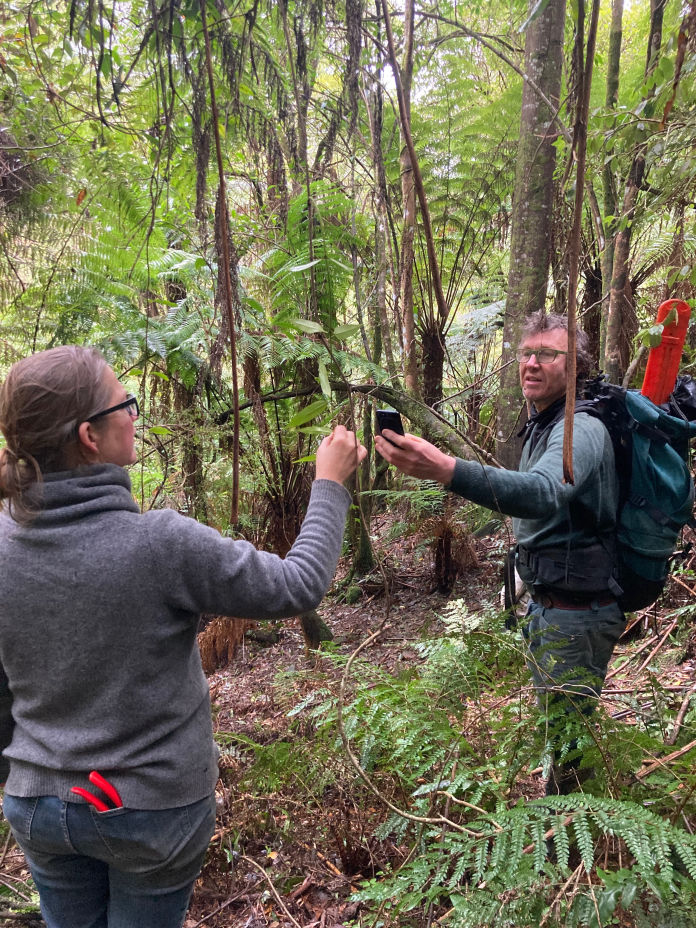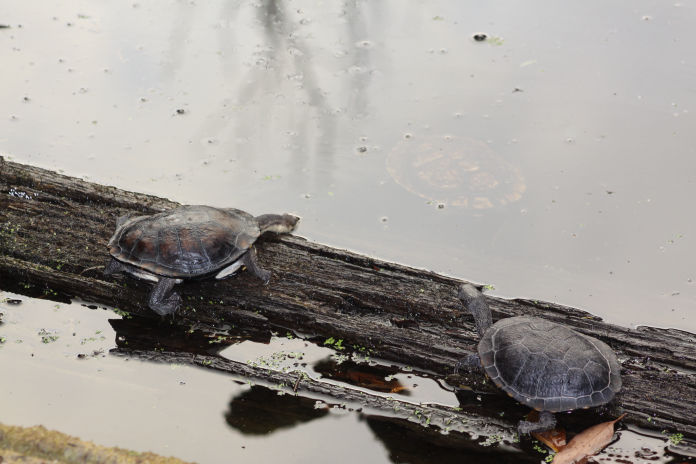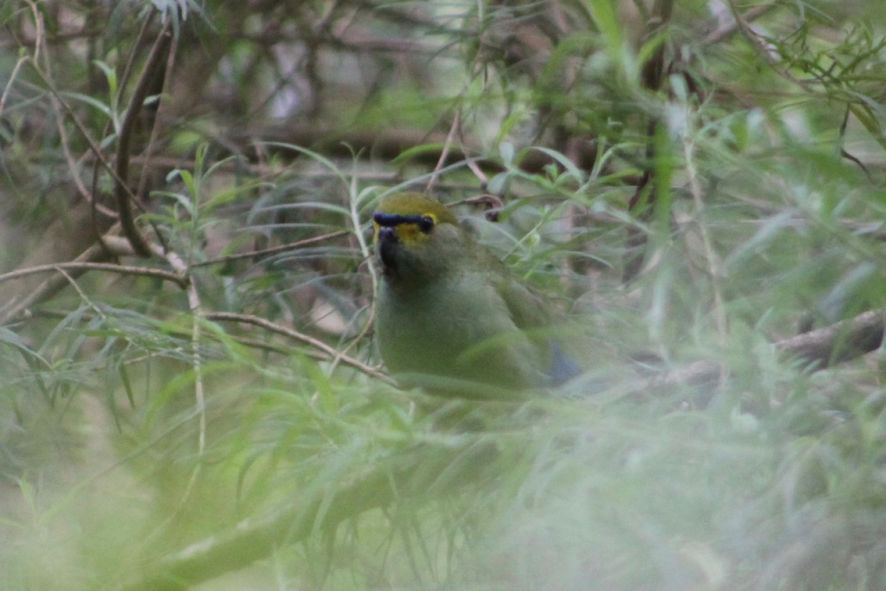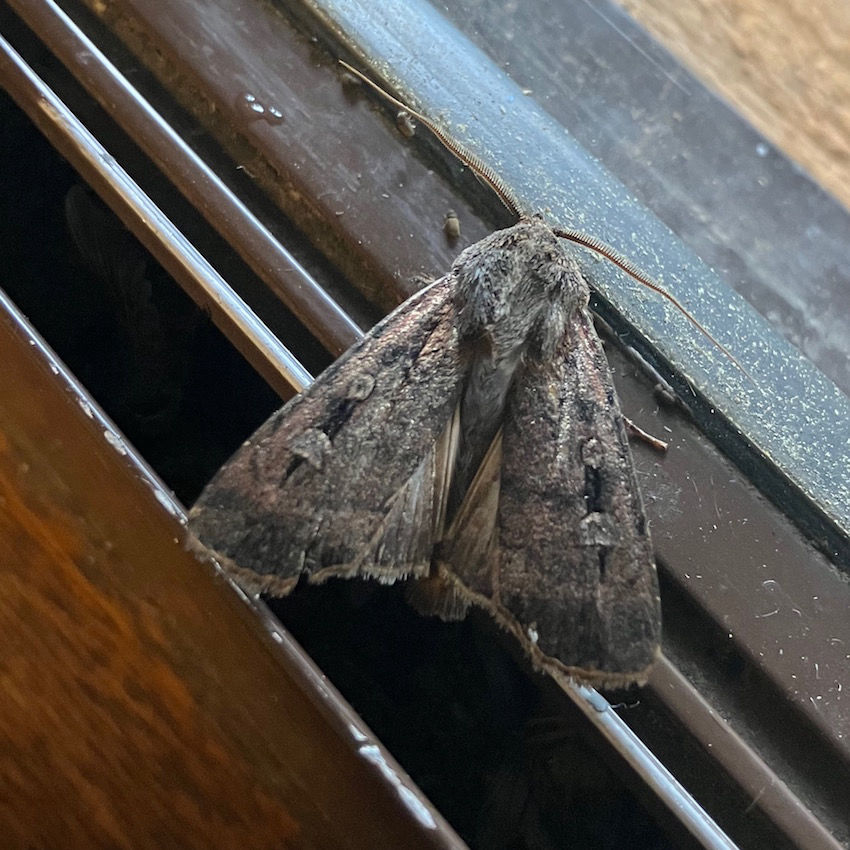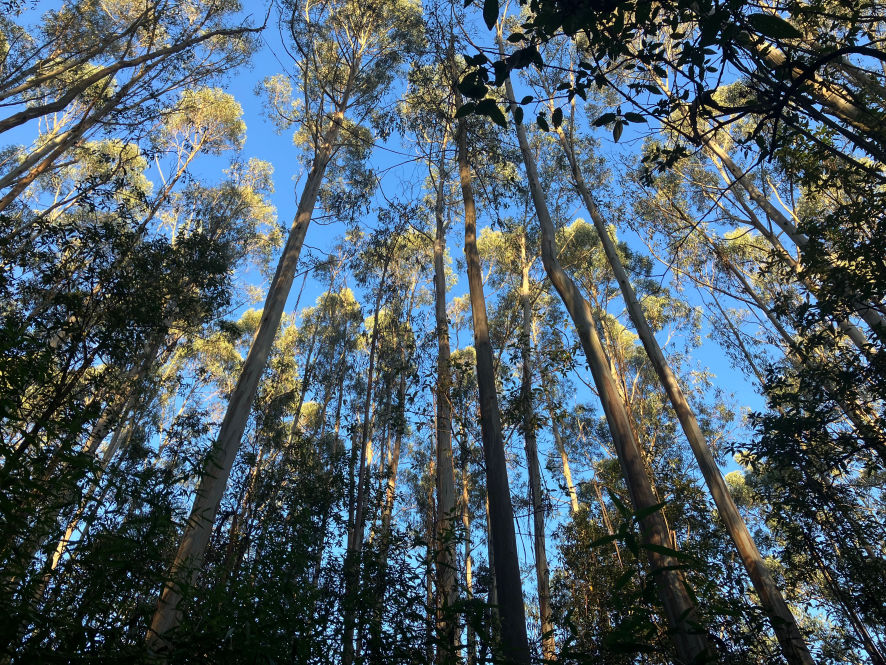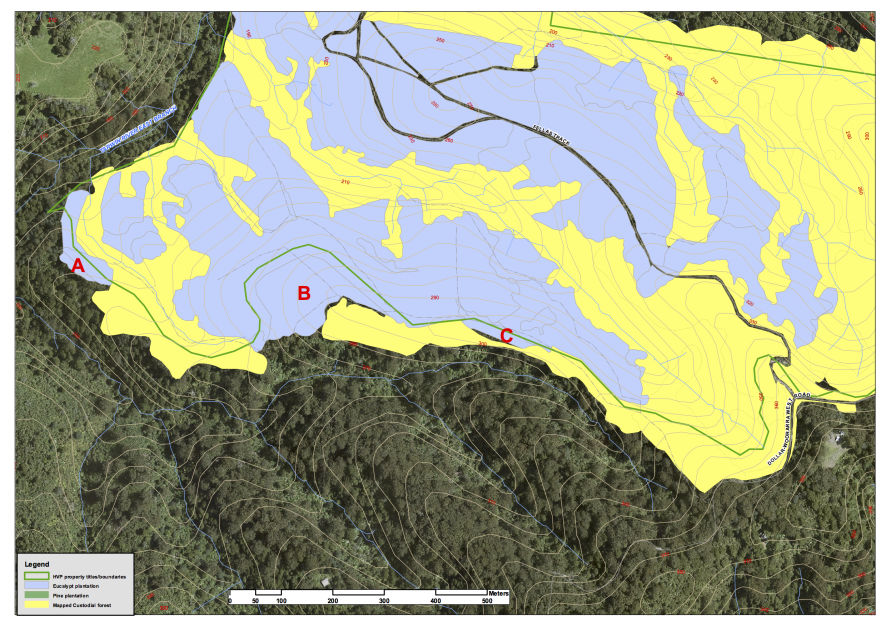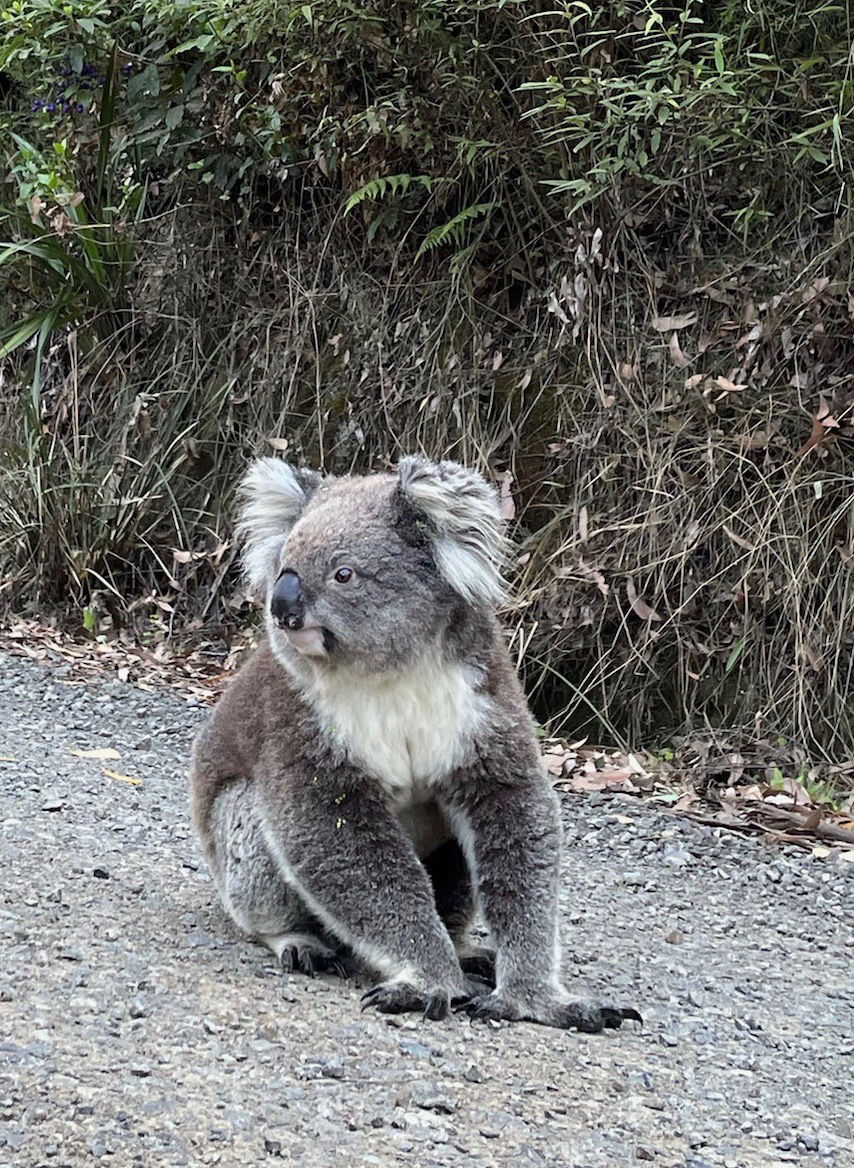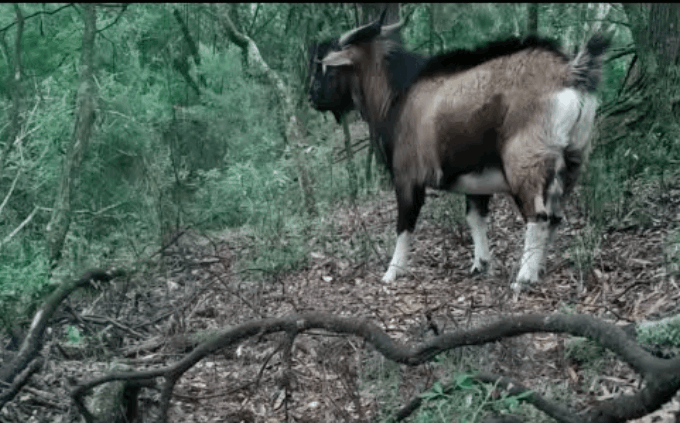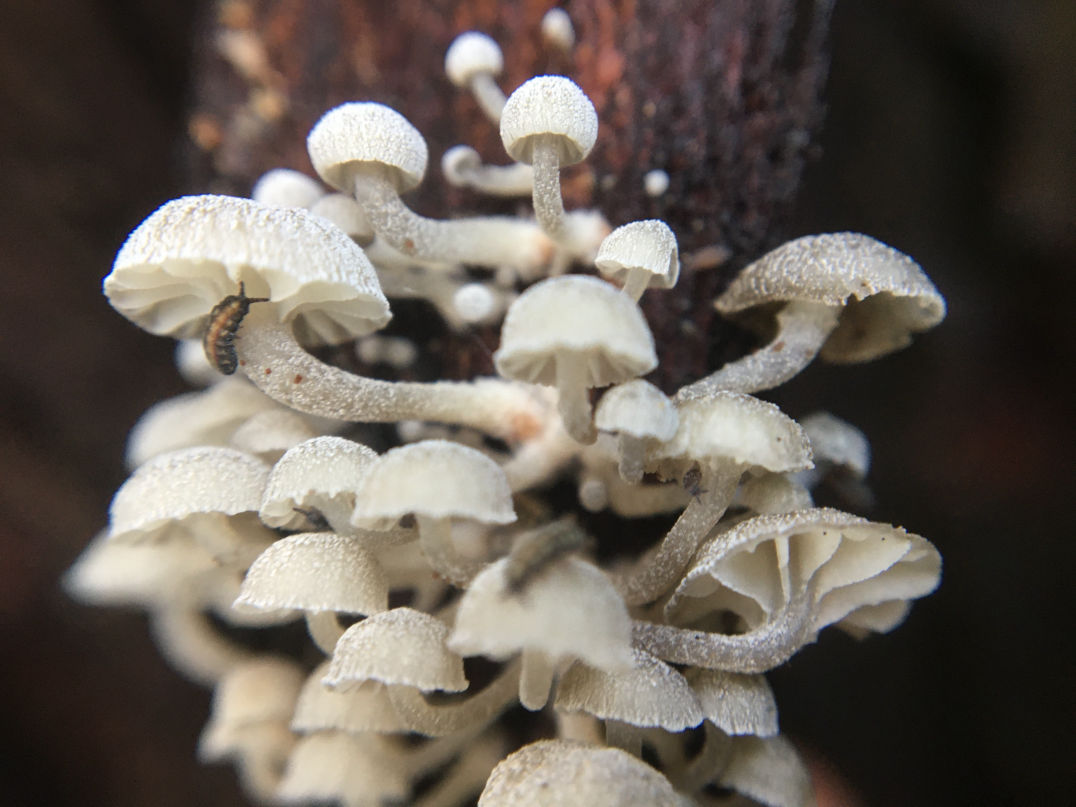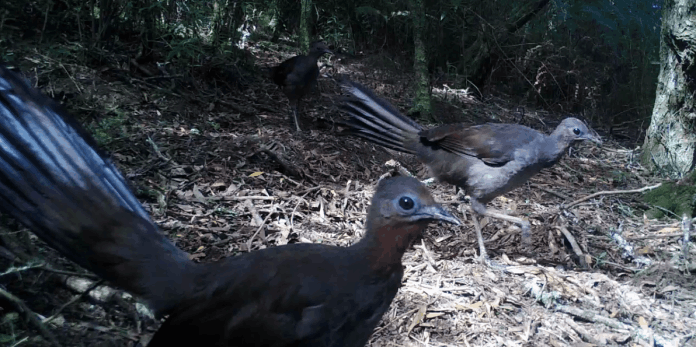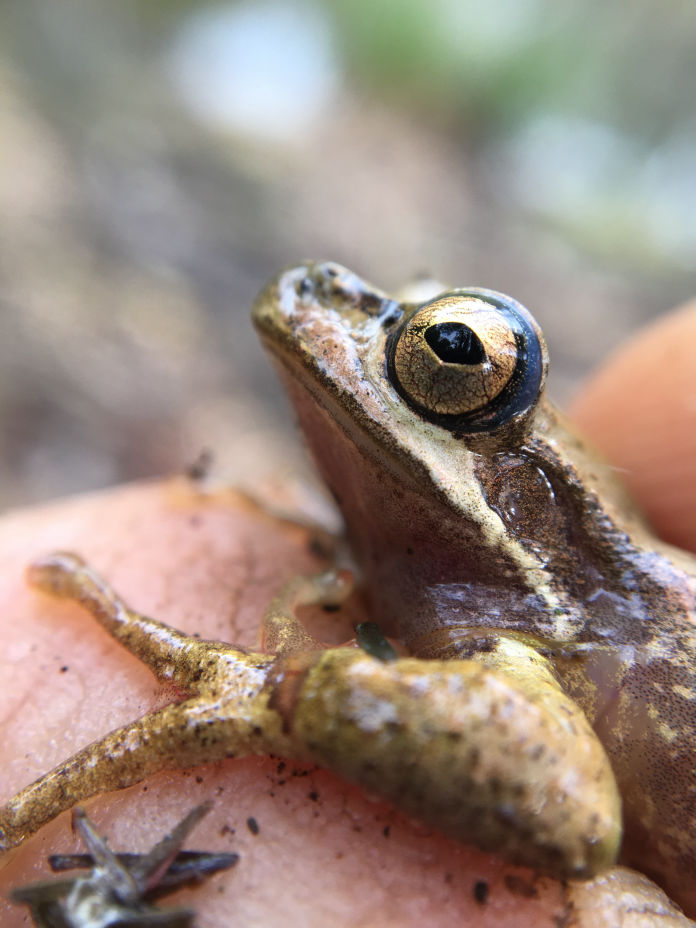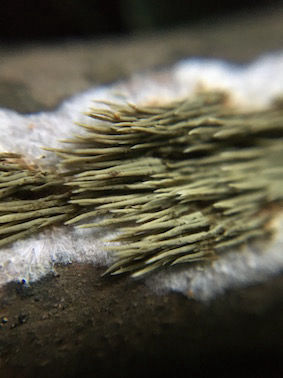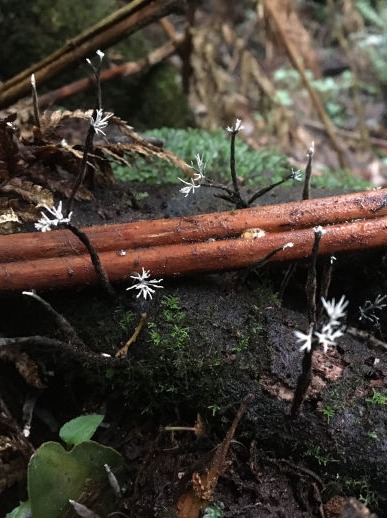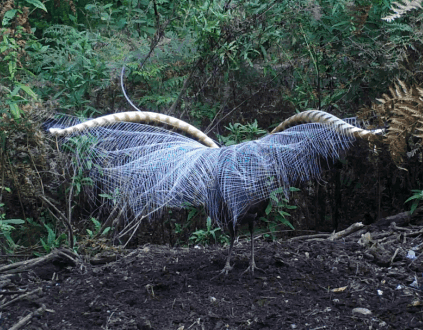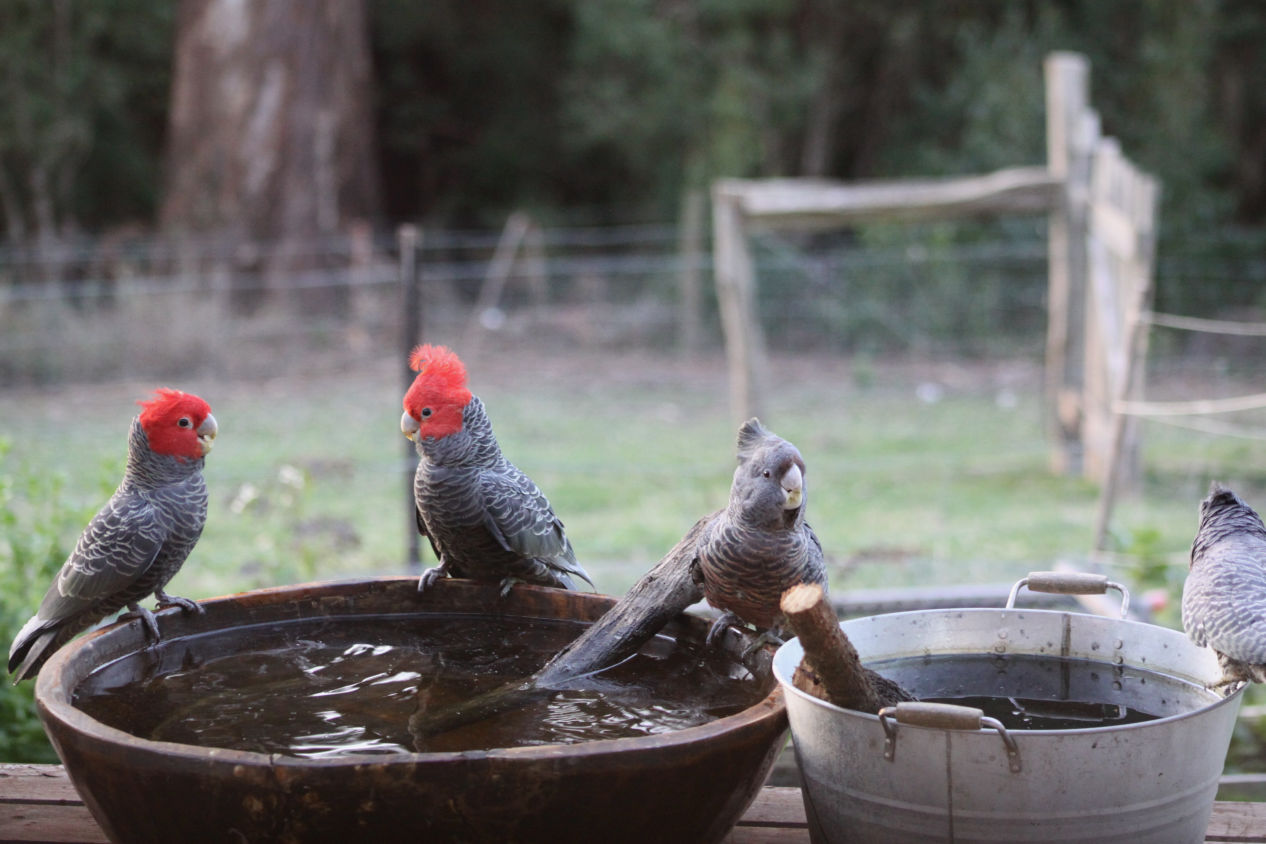
Gang-gang nesting
Our wonderful Gang-gang family are back and looking around the hollows for a good place to nest.
There are five juveniles and two adult pairs that visit the waterhole on our deck for a late afternoon drink. They have successfully fledged juveniles every year since we started recording in 2017.
Gang-gangs have been a part of the forest here for countless generations. But how long is countless?
Scientists have estimated how long Gang-gang cockatoos have been
around using dna techniques. It is thought that Gang-gangs and their most closely related cockatoo cousins, the Galahs became separated from a common ancestor... 12 million years ago!
Gang-gangs numbers have declined by 69% between 1999-2019 and
the 2019-20 fires have reduced this population even further.
The first thing we can do to support this magnificent bird’s 12 million
year connection with this forest is to protect our native forests and
stop land clearing.
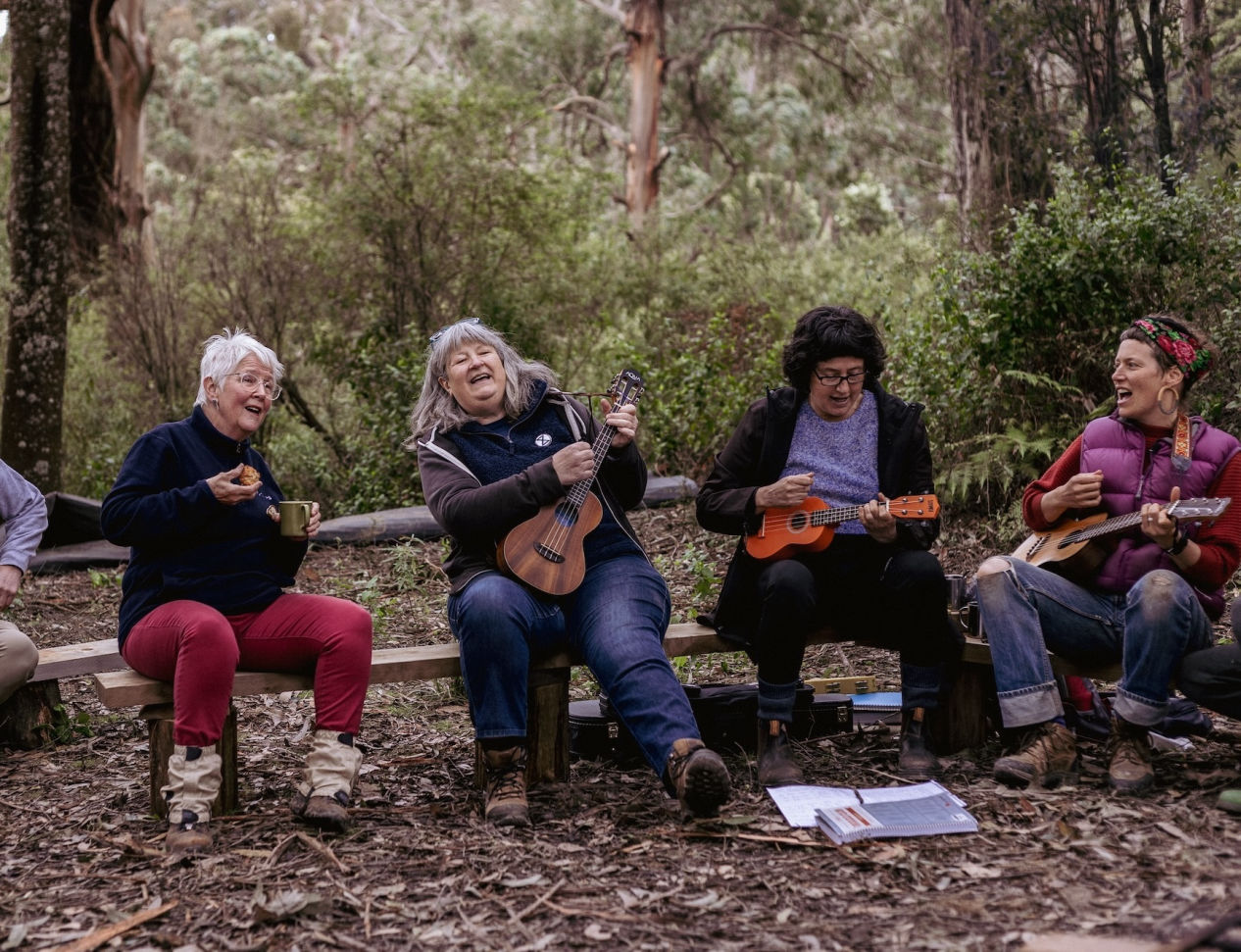
Threatened Species Day
8.9.24
he Gippsland Forest Guardians held a small gathering here to mark threatened species day.
We walked and talked and listened and sang and shared a meal by the fire. Thanks so much to everyone for getting into the spirit of the event. It was a good opportunity to acknowledge the grief and sadness many of us feel at the
plight of many of our threatened species but to also celebrate the many good things happening in the community to help these species. Thank you to Libby for your heartfelt words, and to Jenneke, Jane and Elizabeth for getting us all singing...and such a joy to be singing about burrowing crayfish!
You can listen to Libby’s talk,
On grief, spirit and hope: personal reflections of the
2019–20 wildfires.
on our podcast and listen to Jenneke, Jane, Elizabeth,
Nico and Raf’s wonderful tunes.
Thank you Karli for your great photo
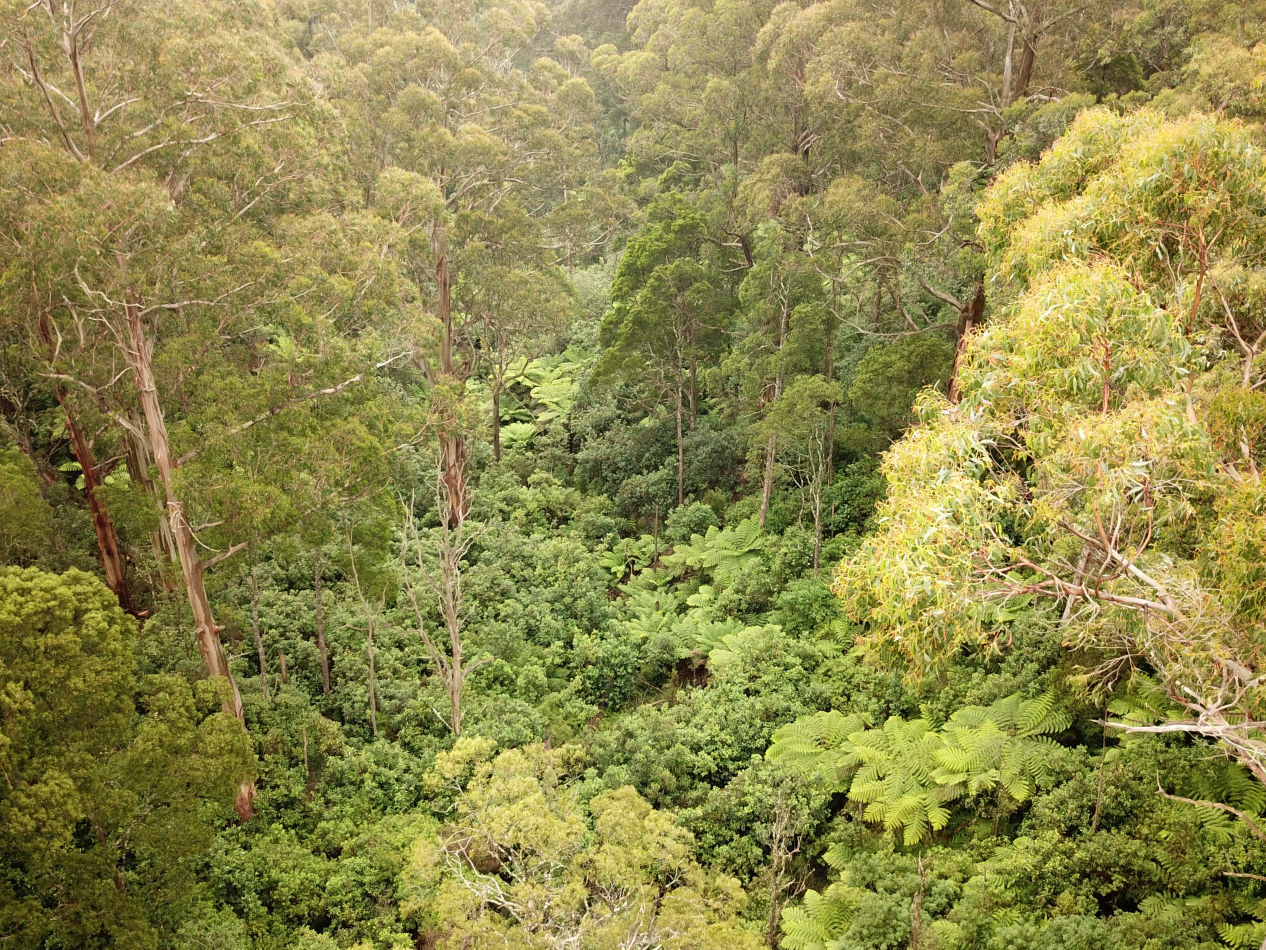
Wettenhall Grant
10.6.24
We are excited to announce that in collaboration with the Gippsland Threatened Species Action Group we have been successful in our grant application to the Wettenhall foundation to undertake a survey of the rainforest in the area. The survey will be used to map the extent and condition of the rainforest to inform management of these important areas.
